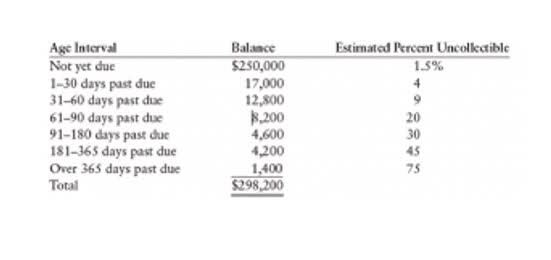First In, First Out FIFO Method Problem & Solution

In this way, FIFO matches sales to the oldest costs first, resulting in the most recent costs being used to value ending inventory. Overall, the FIFO method is fundamental to inventory accounting and financial statement accuracy. When applied properly, FIFO enhances business insights and aligns with operational realities. Under the moving average method, COGS and ending inventory value are calculated using the average inventory value per unit, taking all unit amounts and their prices into account.
FIFO Method’s Effect on Financial Reports
During inflationary times, supply prices increase over time, leaving the first ones to be the cheapest. Those are the ones that COGS considers first; thus, resulting in lower COGS and higher ending inventory. During the CCC, accountants increase the inventory value (during production), and then, when the company sells its products, they reduce the inventory value and increase the COGS value.
How To Calculate FIFO

This means that LIFO could enable businesses to pay less income tax than they likely should be paying, which the FIFO method does a better job of calculating. It makes sense in some industries because of the nature and movement speed of their inventory (such as the auto industry), so businesses in the U.S. can use the LIFO method if they fill out Form 970. When a company selects its inventory method, there are downstream repercussions that impact its net income, balance sheet, and ways it needs to track inventory. Here is a high-level summary of the pros and cons of each inventory method. All pros and cons listed below assume the company is operating in an inflationary period of rising prices. The Last-In, First-Out (LIFO) method assumes that the last or moreunit to arrive in inventory is sold first.
Calculating with the FIFO Method Formula

If the dealer sold the desk and the vase, the COGS would be $1,175 ($375 + $800), and the ending inventory value would be $4,050 ($4,000 + $50). For example, say that a trampoline company purchases 100 trampolines from a supplier for $40 apiece, and later purchases a second batch of 150 trampolines for $50 apiece. Rather, every unit of inventory is assigned a value that corresponds to the price at which it was purchased from the supplier or manufacturer at a specific point in time. Read on for a deeper dive on how FIFO works, how to calculate it, some examples, and additional information on how to choose the right inventory valuation strategy for your business.
- The FIFO method of costing is mostly used in accounting for goods that are sold.
- The sum of $6,480 cost of goods sold and $6,620 ending inventory is $13,100, the total inventory cost.
- This will provide a more accurate analysis of how much money you’re really making with each product sold out of your inventory.
- So the ending inventory would be 70 shirts with a value of $400 ($100 + $300).
- The FIFO formula calculates the cost of goods sold by multiplying the cost of the oldest inventory items purchased by the number of units sold during the accounting period.
In periods of rising prices, FIFO results in higher net income than LIFO. The opposite is true in falling price environments – LIFO shows higher profits compared to FIFO. For example, if 100 units were purchased for $10 each, then the first sale of 10 units would reduce fifo formula accounting COGS by $100 (10 x $10) and reduce inventory assets by $100.
Below are the Ending Inventory Valuations:
When you sell the newer, more expensive items first, the financial impact is different, which you can see in our calculations of FIFO & LIFO later in this post. But when using the first in, first out method, Bertie’s ending inventory value is higher than her Cost of Goods Sold from the trade show. This is because her newest inventory cost more than her oldest inventory. Learn how to build, read, and use financial statements for your business so you can make more informed decisions. On the basis of FIFO, we have assumed that the guitar purchased in January was sold first.

Jeff is a writer, founder, and retained earnings small business expert that focuses on educating founders on the ins and outs of running their business. Learn more about what LIFO is and its impact on net income to decide if LIFO valuation is right for you.

What is the FIFO method in accounting?
- Try FreshBooks for free to boost your efficiency and improve your inventory management today.
- However, brands using LIFO usually see a lower valuation for ending inventory and net income, and may not reflect actual inventory movement.
- Accounting software offers plenty of features for organizing your inventory and costs so you can stay on top of your inventory value.
- To think about how FIFO works, let’s look at an example of how it would be calculated in a clothing store.
- Consult an accounting professional to ensure the transition is handled properly.
The reason for this is that we are keeping the cheapest items in the inventory account, while the more expensive ones are sold first. With this method, companies add up the total cost of goods purchased or produced during a specified time. This amount is then divided by the number of items the company purchased or produced during that same period. To determine the cost of goods sold, the company then multiplies the number of items sold during the period by the average cost per item. Companies frequently use the first in, first out (FIFO) method to determine the cost of goods sold or COGS. The FIFO method assumes the first products a company acquires are also the first products it sells.
Leave a Reply